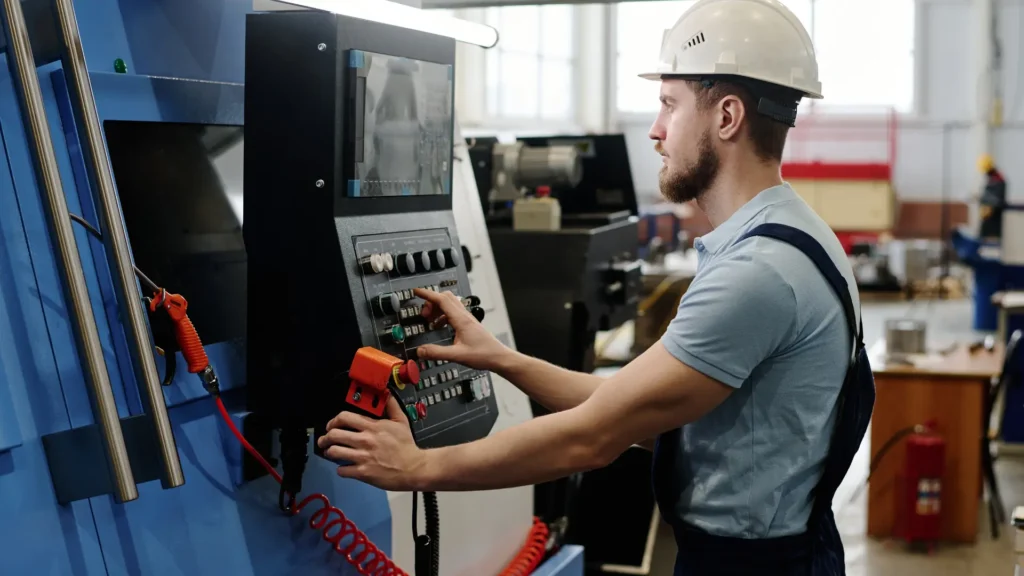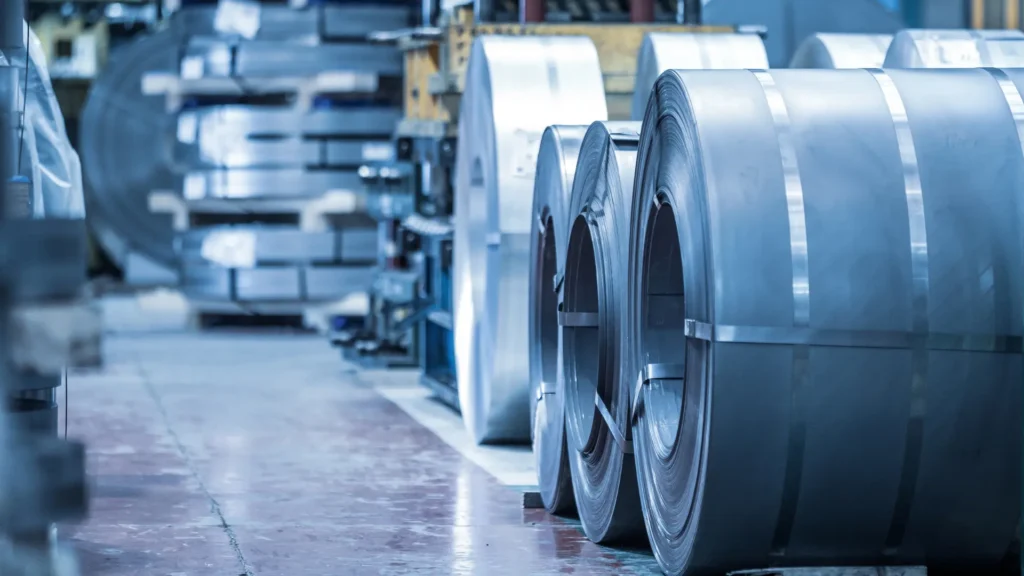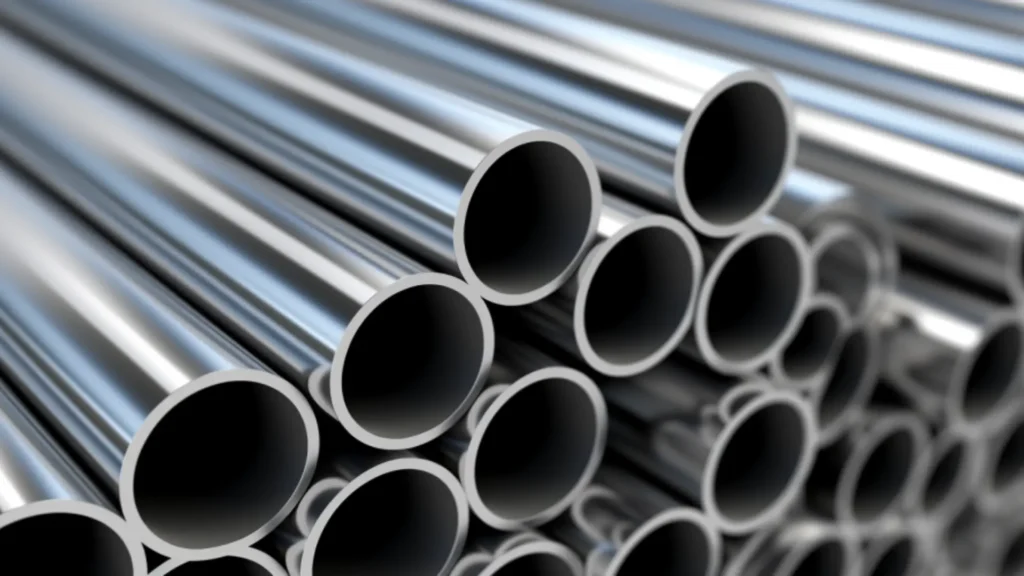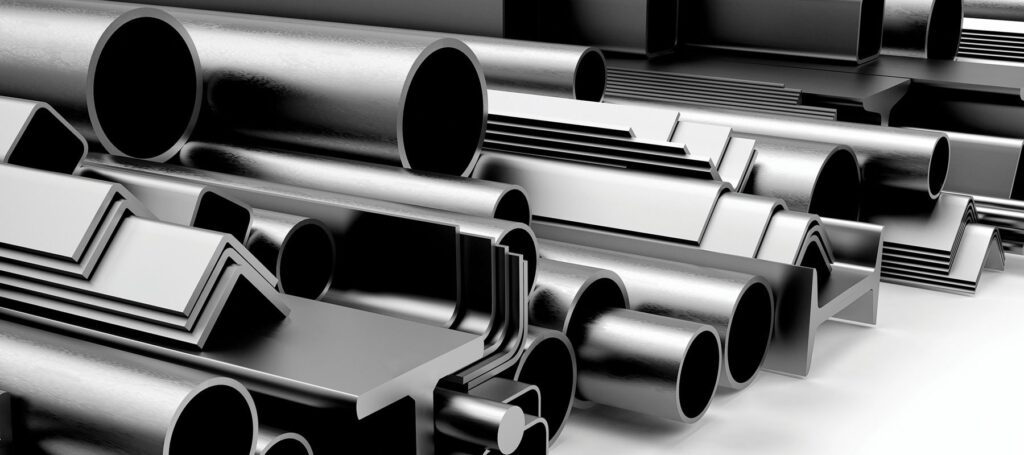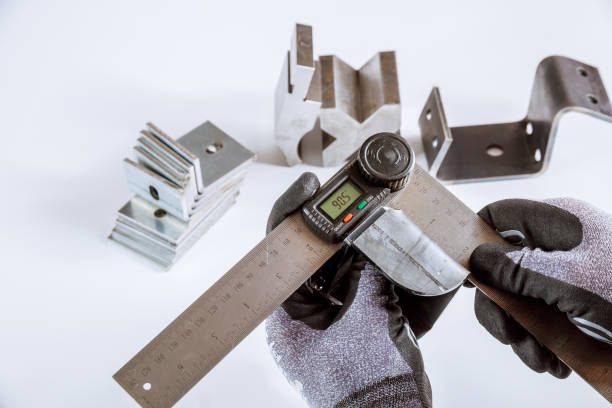If you’ve ever caught yourself asking, “Is magnesium used to make lightweight alloys?” the answer is a solid yes. Magnesium may not always be the headline metal, but it is quietly transforming how we think about lightweight design. Engineers and innovators in industries from aerospace to electronics are increasingly turning to magnesium because it offers an unbeatable mix of low weight, decent strength, and flexibility in design.
In this article, we’ll walk through what makes magnesium so special, the industries that rely on it today, where the future is heading, and why companies like Licht Technology are keeping magnesium front and center in alloy innovation.
Key Takeaways
- Magnesium is one of the most important metals used in making lightweight alloys.
- Its standout properties include low density, good strength-to-weight ratio, vibration damping, and high machinability.
- While challenges like corrosion and heat resistance exist, modern alloying and protective treatments are pushing the boundaries of what magnesium can do.
- Emerging applications in vehicles, aerospace, electronics, and even medicine are opening new opportunities.
Key Properties Making It Ideal for Lightweight Metals
When we talk about lightweight alloys, magnesium almost always enters the conversation. Here’s why:
1. Lightweight Champion
Magnesium is the lightest structural metal used in modern engineering. Its density is nearly two-thirds that of aluminum and only about a quarter of steel. That means parts made from magnesium alloys can be dramatically lighter without giving up all their strength. For anything that moves, cars, planes, drones, or handheld devices—this kind of weight saving is a game-changer.
2. Strong for Its Weight
While magnesium on its own isn’t as strong as steel or aluminum, once it’s alloyed with elements like aluminum, zinc, or rare earths, its strength improves significantly. More importantly, magnesium alloys have an excellent strength-to-weight ratio, meaning they deliver good performance without unnecessary bulk.
3. Easy to Work With
One of the things designers love is how magnesium behaves in the workshop. It can be cast into complex shapes, extruded into profiles, or machined into fine details. That flexibility allows for more creative designs while also helping manufacturers keep costs under control.
4. Built-In Vibration Damping
Unlike some metals that transmit every vibration, magnesium naturally absorbs energy. That means magnesium alloys reduce vibration and noise, making them perfect for vehicles, aircraft, and even electronics that you want to feel solid in your hand.
5. Thermal Performance
Magnesium alloys conduct heat well enough for many applications, which helps when you need components that don’t overheat. They may not match copper or aluminum in heat transfer, but they’re good enough for many structural parts that need to balance thermal stability with lightness.
6. The Challenges to Overcome
Of course, magnesium is not without its downsides. It is more prone to corrosion than aluminum, especially in salty or humid environments. It also loses strength at higher temperatures, which can be a limitation in areas like engine compartments or aerospace engines. But the story doesn’t end there—engineers are constantly developing coatings, treatments, and alloy recipes to overcome these challenges.
Industries Relying on Magnesium Alloys
The beauty of magnesium is that it’s not just sitting in labs; it’s already being used in real products across industries.
Automotive
Carmakers are obsessed with reducing weight because lighter cars mean better fuel efficiency or longer range in electric vehicles. Magnesium alloys are being used for body panels, housings, seat frames, steering wheels, and engine components. They not only cut weight but also improve ride comfort by reducing vibration.
Aerospace
For aircraft, every kilogram saved can translate to huge cost savings over the life of a plane. Magnesium alloys have been used in non-critical structural parts, interior fittings, and housings. Small aircraft and drones benefit even more since lighter parts mean longer flight times and better efficiency. The challenges of corrosion and flammability are being addressed with coatings and alloy innovations, making magnesium a growing player in aerospace.
Consumer Electronics
If you’ve ever picked up a lightweight laptop or camera that still feels solid, there’s a good chance magnesium alloys were involved. They allow sleek designs without making devices feel fragile. Magnesium housings give a premium feel while reducing overall weight—something consumers appreciate in products they carry around all day.
Medical Devices
This is one of the most exciting areas. Magnesium alloys are being explored for temporary implants that gradually dissolve in the body once they’ve done their job. Imagine a bone screw or stent that supports healing, then naturally disappears so no second surgery is needed. It’s not science fiction—it’s happening now, with researchers fine-tuning corrosion rates to make these devices safe and effective.
Defense and Sports Equipment
From lightweight armor to high-performance sports gear, magnesium alloys are finding their way into products where every gram counts. Soldiers, athletes, and outdoor adventurers all benefit from equipment that’s tough yet light enough to carry or wear comfortably.
Future Trends in Magnesium-Based Materials
What’s next for magnesium? The future looks bright as scientists and engineers push past traditional limitations.
Smarter Alloy Design
Instead of relying on broad alloy mixes, researchers are fine-tuning compositions with just the right mix of elements to balance strength, corrosion resistance, and cost. Rare-earth additions, micro-alloying, and purer base magnesium are helping to unlock new levels of performance.
Advanced Coatings
Coatings are getting smarter, too. Plasma electrolytic oxidation, ceramic-like finishes, and nano-engineered layers are giving magnesium alloys the ability to survive harsh environments. This means magnesium can be used in places once thought impossible, like marine structures or long-term outdoor applications.
New Manufacturing Techniques
Innovations like additive manufacturing (3D printing), high-pressure die casting, and extrusion with better microstructure control are opening new design possibilities. These techniques help reduce defects, improve strength, and even cut costs.
Sustainability and Recycling
Magnesium is abundant in the earth’s crust and even in seawater, making it an appealing material from a sustainability perspective. Recycling methods are improving too, helping reduce waste and energy use. In a world where eco-friendly solutions are increasingly valued, magnesium alloys could play a big role in greener design.
Medical Breakthroughs
In the biomedical world, biodegradable magnesium alloys are poised to revolutionize patient care. As scientists control the rate of degradation, we could see magnesium become the material of choice for implants, reducing surgeries and improving recovery times.
Conclusion
So, is magnesium used to make lightweight alloys? Without a doubt. It’s a versatile, reliable, and increasingly essential material in modern design. From cars to planes, laptops to medical implants, magnesium alloys are proving that light doesn’t have to mean weak.
Sure, magnesium faces challenges, especially around corrosion and high-temperature strength. But innovation is moving quickly, with new alloys, coatings, and processing methods breaking down barriers. The future will only see magnesium grow in importance as industries search for lighter, stronger, and more sustainable materials.
For companies like Licht Technology, keeping pace with these advancements isn’t just smart, it’s necessary. Magnesium alloys open doors to better performance, improved efficiency, and innovative products that people actually want to use.
Frequently Asked Questions
Is magnesium stronger than aluminum?
Magnesium by itself is not stronger, but when alloyed properly, it competes well with aluminum on a strength-to-weight basis. That means you often get more performance per gram with magnesium.
What are the main limitations of magnesium alloys?
The biggest issues are corrosion and reduced strength at high temperatures. Both of these are being improved with coatings, new alloying strategies, and advanced processing methods.
Where do I see magnesium alloys in everyday life?
They’re in cars, laptops, cameras, sporting goods, and even some medical devices. Chances are you’ve already used something made with magnesium alloys without realizing it.
Are magnesium alloys safe?
Yes. While magnesium is reactive, in alloy form and with proper treatments, it is safe for everyday use. In fact, many consumer electronics and automotive parts already rely on magnesium alloys.
Will magnesium alloys become more common in the future?
Absolutely. With growing demand for lightweight, efficient, and sustainable materials, magnesium is set to play an even bigger role. From electric vehicles to medical implants, the opportunities are expanding quickly.



